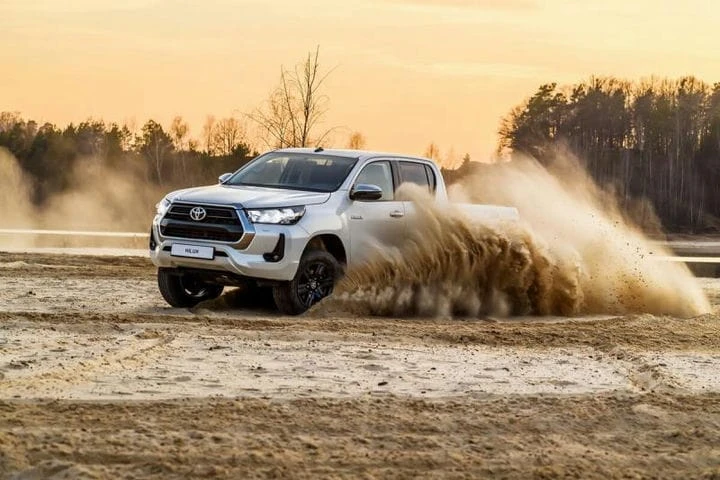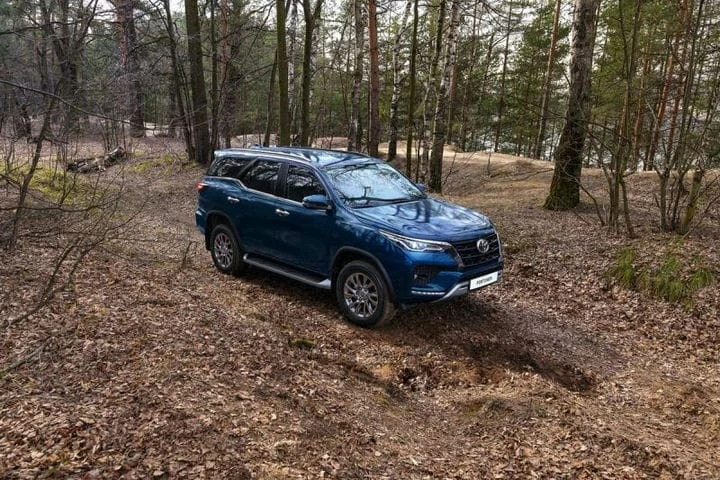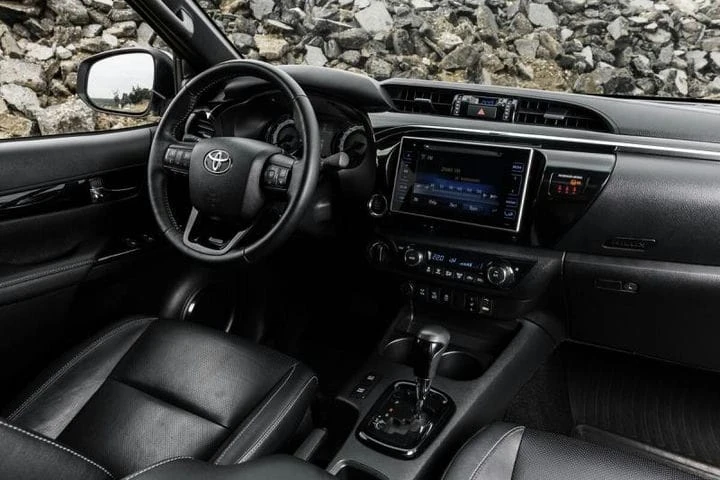Myth Busters: The Truth About Part Time All-Wheel Drive
Advertisement in ZenThe new Toyota Fortuner and Hilux use a hard-wired all-wheel drive system such as PartTime. There is a lot of controversy about the features of this technical system. We decided to consider the most common opinions in order to clarify and dispel rumors.
Myth #1 “Part Time hard-wired all-wheel drive is a way for the automaker to save money”
It's often argued that the Part Time hard-wired all-wheel drive system is a way for an automaker to save money on the development and production of more complex technology. Yes, there are savings here, but the beneficiary is not Toyota, but its customers. After all, a system that does not have a complex central differential is as efficient and simple as possible, and therefore allows owners to avoid costly repairs in case of failure of various sensors and drive elements. Many complain about the inability to use all-wheel drive on an asphalt road or highway. Indeed, using Part Time on dry pavement that does not allow wheel slip is not recommended, as this can lead to overheating of the front differential. But here the engineers have provided a sensor that will warn in advance of a possible overheating of the mechanism. The process of connecting and disconnecting all-wheel drive is extremely simple, concise and fast. To do this, in one simple movement, you need to turn a special selector. You can connect the front axle when driving in a straight line at speeds up to 100 km / h, and there are no restrictions for disconnecting.
Part Time also saves fuel when driving in rear-wheel drive mode. So it is the customers who benefit from such a technical solution. And this can be seen from the sales results – according to recent statistics over the past 5 years, Toyota Hilux has sold better than its two leading competitors combined.
Myth #2 “ Part Time drive is outdated technology”
The truth is that reliability has no expiration date. The main advantage of a hard-wired all-wheel drive system is the ability to withstand heavy loads in the most difficult operating conditions. Driving with a full load off-road for an extended period of time are the characteristics that have allowed the Toyota Hilux to become the benchmark for endurance and the company's second-best-selling model. And one of the first reliability criteria is to minimize the number of nodes that can fail. It is on this principle that the technical solution for Toyota Hilux and Fortuner is based, which is always ready for operation, tested by the most difficult roads and requires minimal maintenance.
In addition to reliable mechanical components, such as a front differential with an automatic disengagement system, advanced modern electronics are used on cars. For example, the A-TRC active traction control system, which reads data from speed sensors and determines which wheels are prone to spinning and which have a confident grip on the surface. By controlling the operation of the brakes and engine traction, it selectively slows down wheels that are prone to slip, simulating a locking cross-axle differential, redistributing engine torque in favor of wheels with reliable grip. Also using the engine management system and varying the brake pressure, the Hill Climb Assist (HAC) and Hill Descent Assist (DAC) functions. Hardly having tried all this in action,
Myth #3 “It's not safe to drive with hard-wired Part Time all-wheel drive”
Often, those who plan to purchase a Toyota Fortuner or Hilux are faced with the opinion that rear-wheel drive driving on asphalt is unsafe.
This is not true, because modern Toyota SUVs are among the safest vehicles in the class, being equipped with many active safety systems as standard:
- anti-lock braking system (ABS)
- brake force distribution (EBD)
- emergency brake booster (BAS)
- Vehicle Stability Control (VSC)
- brake lights with emergency stop signal (EBS)
- trailer stabilization system (TSC)
Therefore, even in the event of the appearance of short-term slippery sections of the road when driving on the rear wheel drive, you will be insured by perfectly tuned electronics.
In addition, cars are equipped with a full range of passive safety systems:
- front airbags
- side airbags
- air curtains
- driver's knee airbag
- rear ISOFIX anchorages
All this arsenal allows the car owner to be completely calm about the car's handling both off-road and on asphalt, and not worry about the safety of their passengers.



